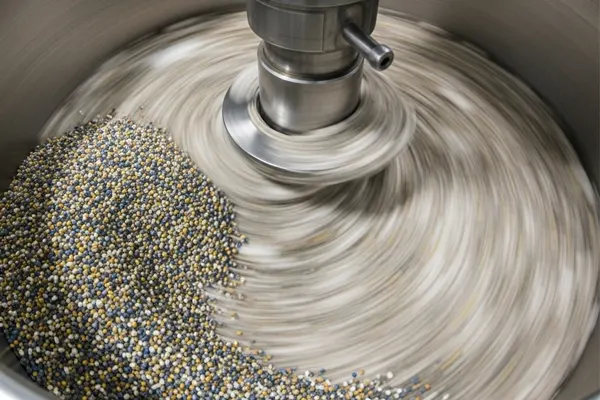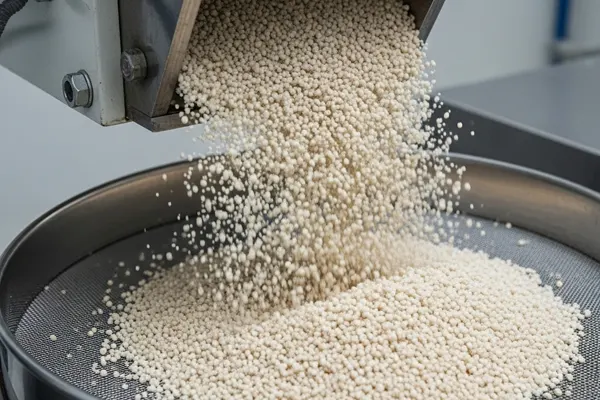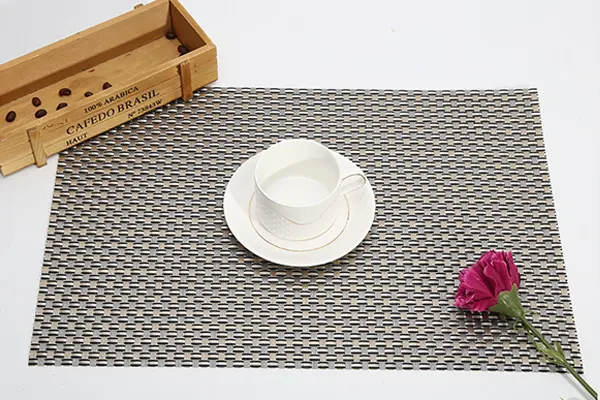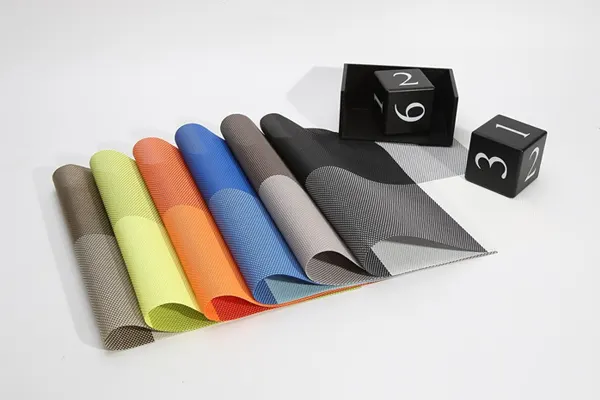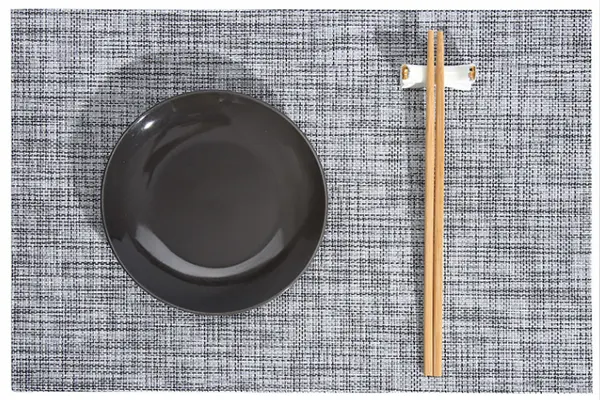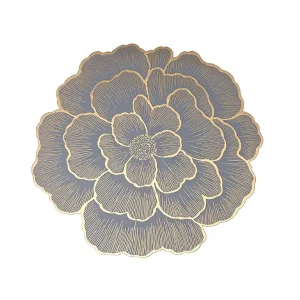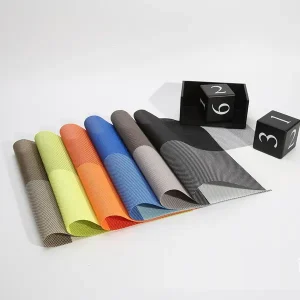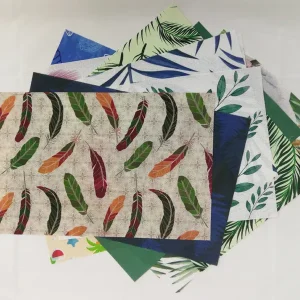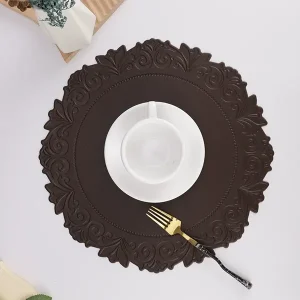PVC Placemat Mixing Process for Consistent Quality
The mixing process is a critical step in PVCplacemat manufacturing, transforming carefully selected raw materials into a uniform compound ready for extrusion. A precise and consistent mixing process ensures high-quality PVC placemats with uniform properties, such as durability, flexibility, and aesthetic consistency, which are essential for meeting the demands of global markets. This article outlines the mixing process, key equipment, and best practices, offering insights into how we achieve reliable PVC placemat production.
Detailed mixing process of PVC placemat raw materials
Precise Weighing
- Raw materials (PVC resin, plasticizers, stabilizers, fillers, and additives) are weighed using high-precision electronic scales, accurate to ±0.01% of the formulation ratio.
- Automated weighing systems minimize human error, ensuring exact proportions as per the formulation design.
High-Speed Mixing
- Materials are blended in a high-speed mixer operating at 1000-1500 RPM for 5-10 minutes.
- This high-shear mixing ensures uniform dispersion of additives, such as calcium-zinc stabilizers and eco-friendly plasticizers like DINP or DOTP.
- Temperature is closely monitored (typically 80-120°C) to promote blending without premature melting.
Cooling Mixing
- The hot mixture is transferred to a cooling mixer, reducing the temperature to 40-50°C to prevent clumping or plasticizer volatilization.
- Cooling is performed under controlled conditions to maintain material integrity.
Screening and Filtration
- The mixed compound passes through a vibrating sieve (mesh size 0.5-1 mm) to remove undispersed particles or impurities.
- This step ensures a clean, uniform compound, critical for producing high-quality PVC table mats.
Key equipment for effective mixing of PVC placemats
To achieve consistency in PVC placemat production, we rely on advanced equipment:
- High-speed Mixer: Equipped with precise temperature and speed controls to ensure uniform blending of eco-friendly PVC materials.
- Cooling Mixer: Features rapid cooling technology to prevent material degradation and maintain compound quality.
- Vibrating Sieve: High-efficiency sieves remove impurities, ensuring a clean compound for extrusion.
- Automated Control Systems: PLC-based systems monitor mixing parameters in real-time, enhancing precision and repeatability.
Best Practices for PVC placemat Quality Assurance
To deliver high-quality PVC placemats, the following practices are prioritized:
- Temperature Control: Strict monitoring prevents overheating, which could degrade PVC resin or cause additive breakdown. Maximum mixing temperature is capped at 130°C to avoid thermal damage.
- Dust Management: Dust extraction systems are employed to minimize airborne particles, ensuring a safe and clean production environment compliant with OSHA standards.
- Batch Traceability: Each batch is assigned a unique identifier, recorded in a digital tracking system, allowing full traceability from mixing to final product.
- Environmental Compliance: All materials are tested to meet REACH, RoHS, and FDA standards, ensuring eco-friendly PVC materials suitable for food-contact applications.
Why Our PVC Placemat Mixing Process Adds Value
As a dedicated PVC placemat manufacturer, our mixing process is optimized to deliver consistent, high-quality compounds that translate into superior placemats. This reliability reduces production defects, minimizes waste, and ensures that our products meet the stringent requirements of global distributors. Our ability to customize formulations during mixing allows us to cater to specific market needs, such as enhanced durability or antibacterial properties.
The mixing process prepares a uniform compound for the next stage: extrusion, where the material is transformed into continuous PVC sheets. Want to learn more about our PVC placemat manufacturing process or discuss tailored solutions for your market? Contact us to request detailed specifications or samples.
Latest placemats
Cooperation Cases
Explore more meal mat solutions
Are you ready to start your meal mat procurement journey?
Are you ready to start your meal mat procurement journey?
We will provide perfect solutions and competitive quotations based on your procurement needs, including material, quantity, logo customization, and other factors

